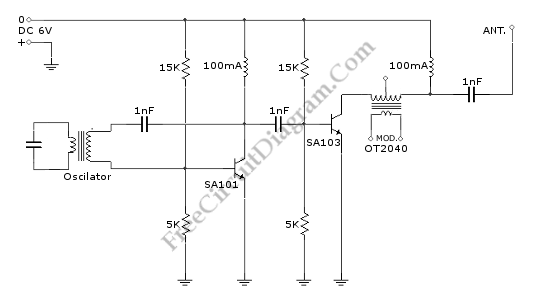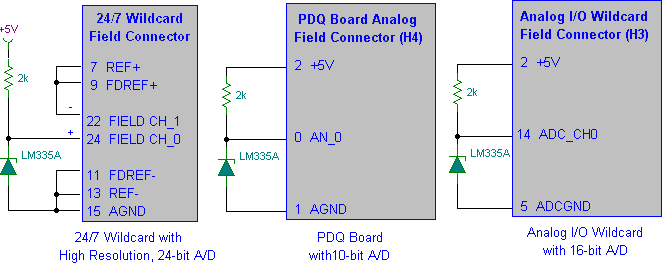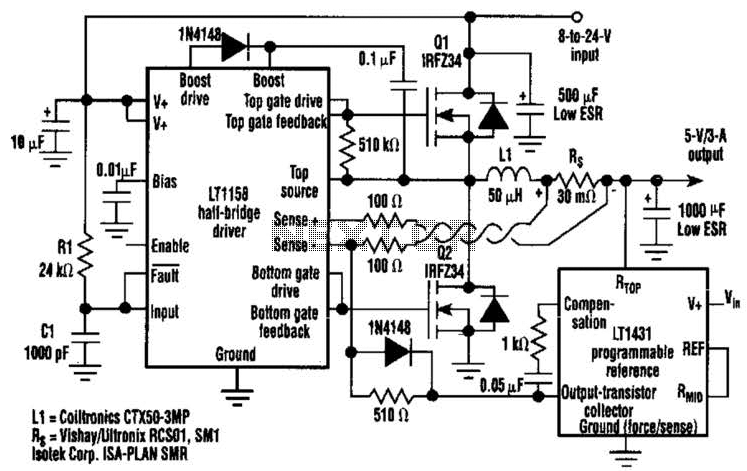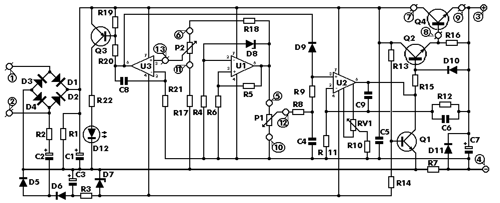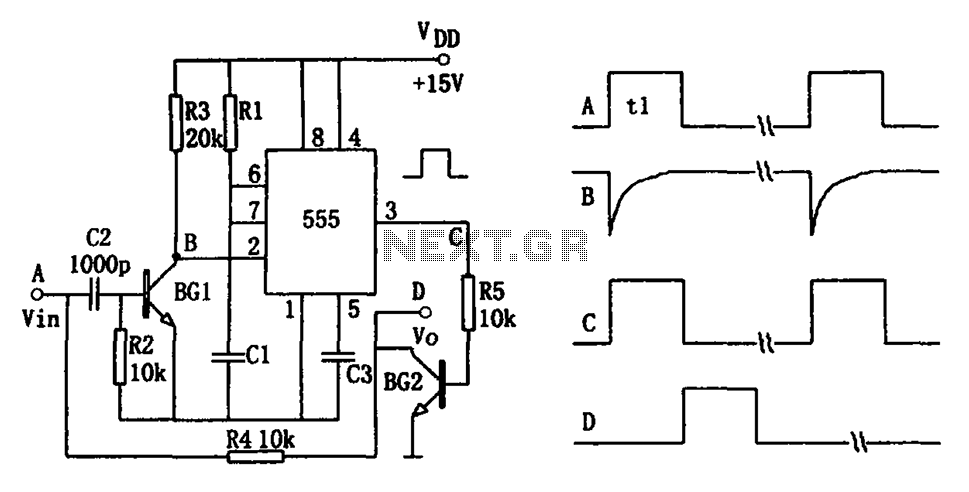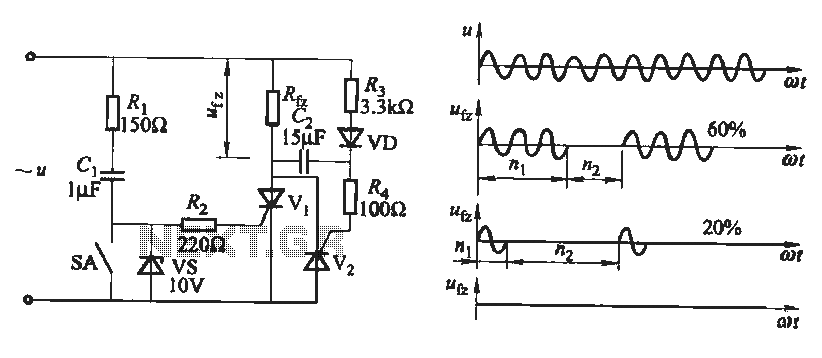
Single Transistor Relay Toggle Circuit
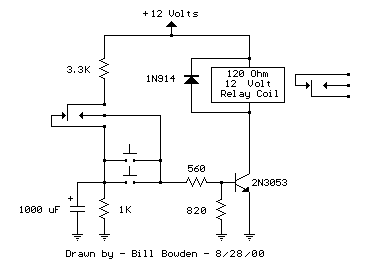
The circuit requires a double pole, double throw relay in conjunction with a single transistor to allow toggling the relay with a momentary push button. One set of relay contacts is used to control the load, while the other is used to provide feedback to keep the relay activated or deactivated. Several push buttons can be wired in parallel to allow toggling the relay from different locations.
The described circuit utilizes a double pole, double throw (DPDT) relay in combination with a single transistor to facilitate the toggling of the relay through a momentary push button. The design incorporates two sets of contacts within the relay: one set is dedicated to controlling the load, while the second set provides feedback to maintain the relay's state, either activated or deactivated.
When the momentary push button is pressed, a small current flows through the transistor, which in turn energizes the relay coil. This action switches the relay contacts, allowing the load to be powered. The feedback mechanism is achieved through the second set of contacts, which can be used to create a self-latching circuit. This means that once the relay is activated, it will remain in that state even after the push button is released, until it is toggled again by pressing the button.
The circuit design also allows for multiple push buttons to be connected in parallel. This feature enables control of the relay from various locations, providing flexibility in operation. Each push button, when pressed, will send a signal to the transistor to toggle the relay, ensuring that the load can be controlled conveniently from different points.
In terms of component selection, the relay should be rated appropriately for the load it will control, and the transistor must be capable of handling the current required to energize the relay coil. Additionally, resistors may be needed to limit the current to the transistor and protect the circuit from potential damage. Proper circuit layout and grounding practices should be followed to ensure reliable operation and minimize interference.The circuit requires a double pole, double throw relay in conjunction with a single transistor to allow toggling the relay with a momentary push button. One set of relay contacts is used to control the load, while the other is used to provide feedback to keep the relay activated or deactivated.
Several push buttons can be wired in parallel to allow toggling the relay from different locations.. 🔗 External reference
The described circuit utilizes a double pole, double throw (DPDT) relay in combination with a single transistor to facilitate the toggling of the relay through a momentary push button. The design incorporates two sets of contacts within the relay: one set is dedicated to controlling the load, while the second set provides feedback to maintain the relay's state, either activated or deactivated.
When the momentary push button is pressed, a small current flows through the transistor, which in turn energizes the relay coil. This action switches the relay contacts, allowing the load to be powered. The feedback mechanism is achieved through the second set of contacts, which can be used to create a self-latching circuit. This means that once the relay is activated, it will remain in that state even after the push button is released, until it is toggled again by pressing the button.
The circuit design also allows for multiple push buttons to be connected in parallel. This feature enables control of the relay from various locations, providing flexibility in operation. Each push button, when pressed, will send a signal to the transistor to toggle the relay, ensuring that the load can be controlled conveniently from different points.
In terms of component selection, the relay should be rated appropriately for the load it will control, and the transistor must be capable of handling the current required to energize the relay coil. Additionally, resistors may be needed to limit the current to the transistor and protect the circuit from potential damage. Proper circuit layout and grounding practices should be followed to ensure reliable operation and minimize interference.The circuit requires a double pole, double throw relay in conjunction with a single transistor to allow toggling the relay with a momentary push button. One set of relay contacts is used to control the load, while the other is used to provide feedback to keep the relay activated or deactivated.
Several push buttons can be wired in parallel to allow toggling the relay from different locations.. 🔗 External reference
